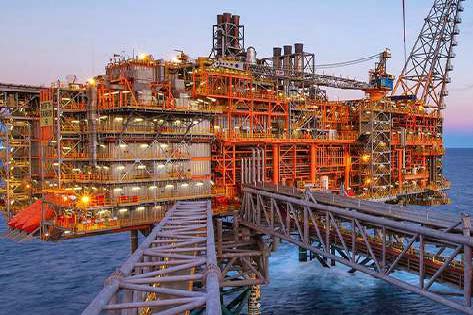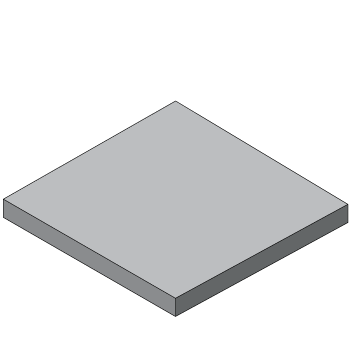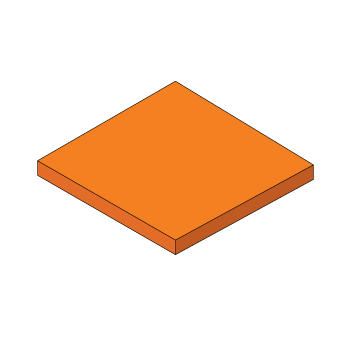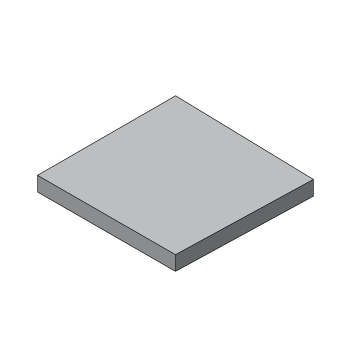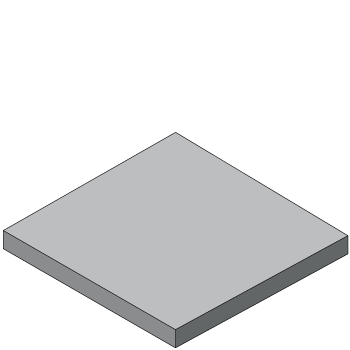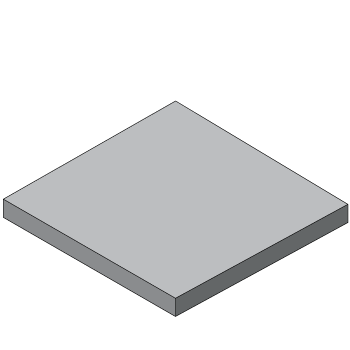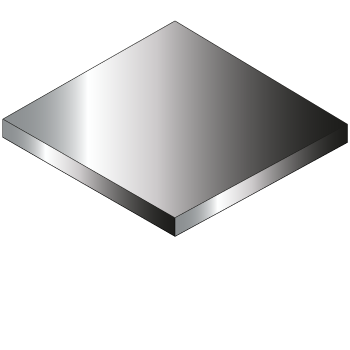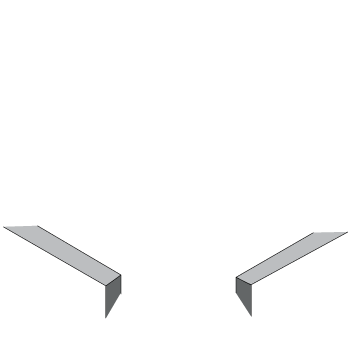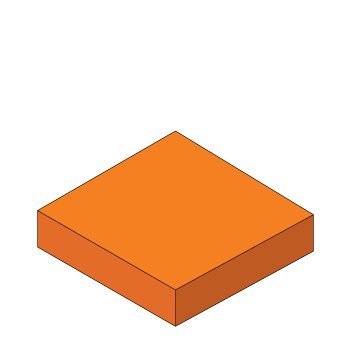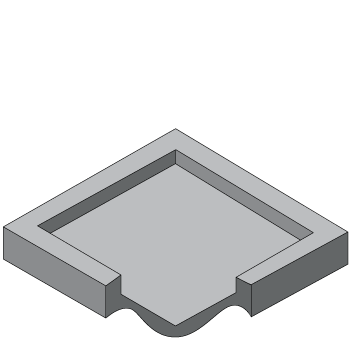We offer slide bearings in a range of configurations, and each is designed to suit the specific application. A typical slide bearing element consists of 2.5mm thick Crossflon® XF225 sheet hot cure factory bonded under controlled conditions of temperature and pressure to a 3mm thick steel backing plate for welding to the installation. Alternative material thicknesses can be supplied.
Crossflon® slide bearings can be fixed to the installation by full welding, tack welding, mortar embedment or bolting. The appropriate slide bearing configuration should be selected to suit the method of installation. Care should be taken to adequately protect the surface of Crossflon® XF225 during installation.
Substantial deviations from parallel movement of the structure can be accommodated by incorporating an elastometric element within the Crossflon® slide bearing.
Crossflon® slide bearings generally employ Crossflon® XF225 (a specially compounded reinforced PTFE) at the operating surface. Crossflon® XF225 is capable of accommodating loads of up to 18 MPa. The load bearing capacity of Crossflon® XF225 can be increased by containing it in a recessed steel backing plate and using polished stainless steel plate as the counterface.
For special considerations or difficult conditions, please contact us for assistance.


